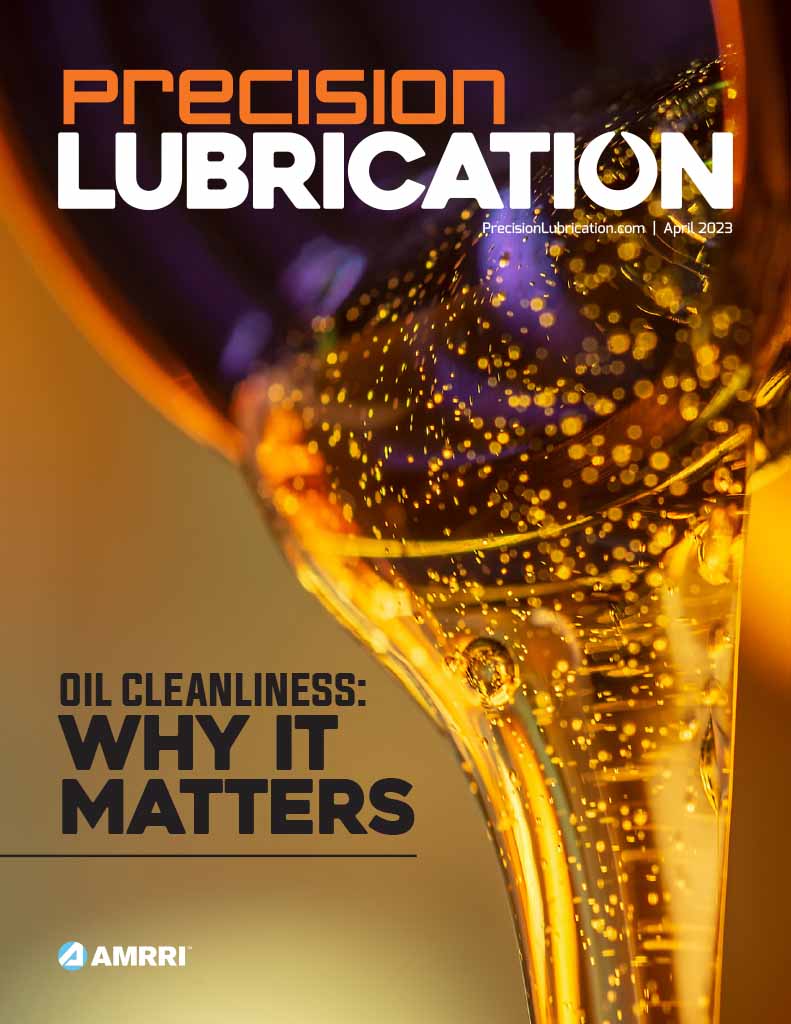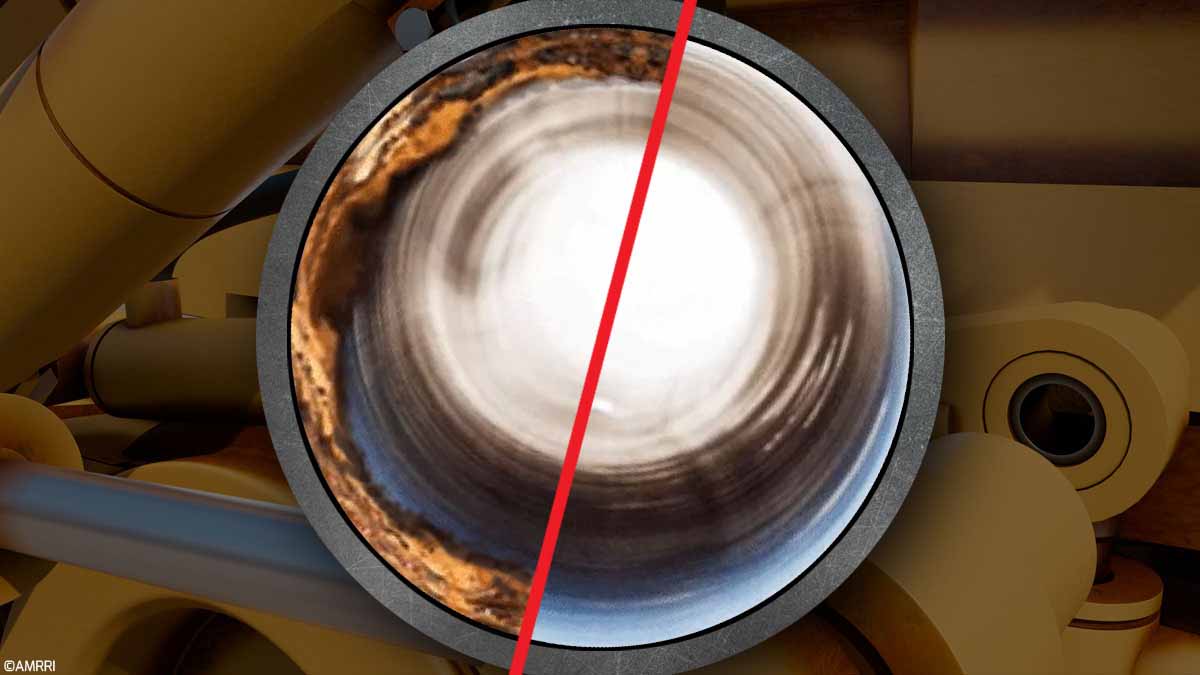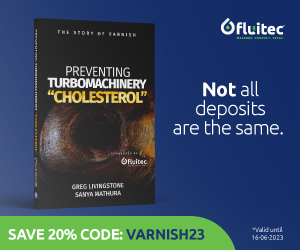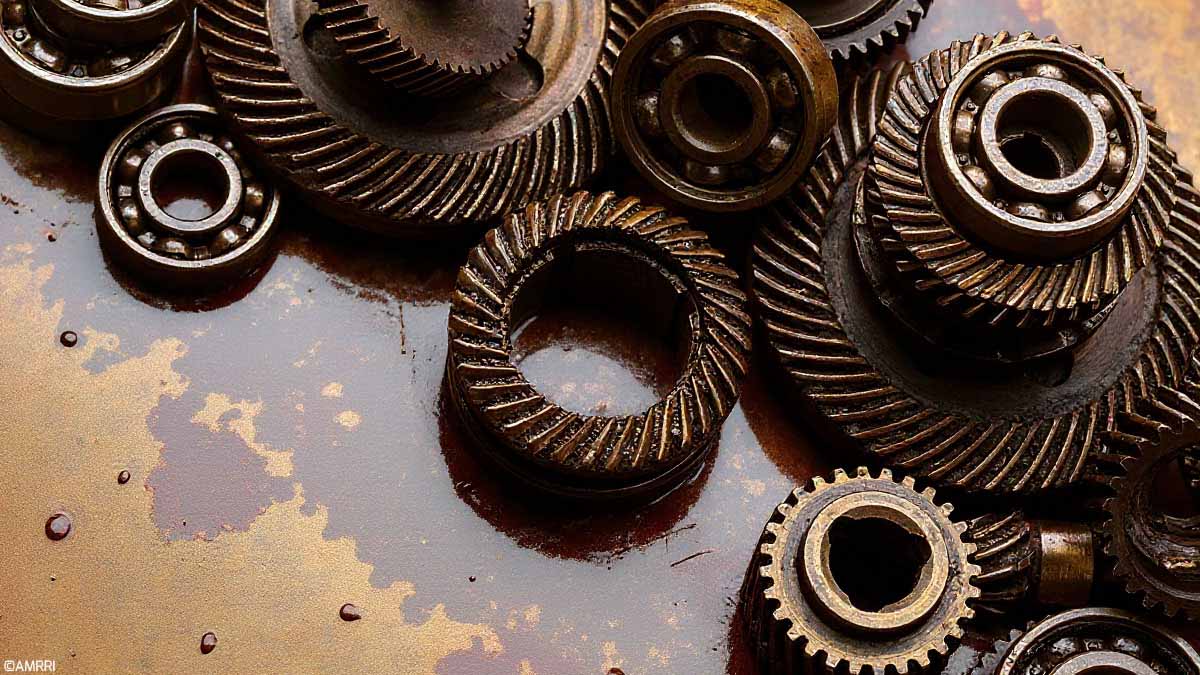Hydraulic presses in Oriented Strand Board (OSB) mills are central and indispensable to OSB production. They exert an immense, uniform force required to compress wood strands and resin into durable panels, operating under exacting temperature and pressure conditions. The performance of hydraulic presses depends critically on the quality and condition of the hydraulic oil.
The Vital Role of Hydraulic Oil
Hydraulic oil in OSB presses serves multiple roles:
- Power Transmission: Hydraulic oil transmits power from pumps to press cylinders, enabling precise compression.
- Lubrication: Reduces friction in pumps, valve spools, and cylinders.
- Heat Transfer: Acts as a coolant, absorbing and dissipating heat from critical components.
- Sealing and Contamination Control: Prevents contamination ingress, maintaining system integrity.
Hydraulic Oil Failure: Oxidation and Varnish
Despite its crucial role, hydraulic oil is susceptible to failure, especially due to oxidation and subsequent varnish formation. Oxidation, a reaction with oxygen accelerated by heat, pressure, moisture, and catalytic metals, depletes antioxidants and generates harmful byproducts.
When oxidation takes hold, varnish becomes the silent killer of hydraulic precision.
Varnish, an insoluble, sticky deposit formed from these oxidation byproducts, accumulates on critical components, especially servo and proportional valves. This buildup is analogous to cholesterol plaque in arteries, restricting fluid flow, reducing responsiveness, and increasing operational risks.
Operational Impact of Oil Degradation
When hydraulic oil fails:
- Press Performance Suffers: Reduced valve responsiveness leads to inconsistent press forces, resulting in poor board quality and defective products.
- Maintenance Costs Escalate: Varnish buildup necessitates frequent component replacements, system flushes, and increased downtime.
- Energy Efficiency Drops: Oxidized, varnish-contaminated oil increases viscosity and blocks oil flow channels, raising power demands and operating costs.
- Safety and Environmental Risks Increase: Potential leaks and compromised components present significant hazards. Oxidized oil is known to deteriorate seals, leading to more leaking and increased risk.
Targeting Varnish at Its Source for Lasting Results
To combat these challenges, Fluitec and ExxonMobil developed Mobil Solvancer, an innovative oil-soluble cleaner. Mobil Solvancer dissolves varnish deposits effectively, analogous to a solvent clearing blocked pipes, immediately restoring system responsiveness. It also provides long-term protection, minimizing varnish recurrence, improving servo valve response times, and extending equipment life.
Inside the GP Clarendon Hydraulic Recovery Journey
GP Clarendon OSB Mill experienced significant varnish buildup in hydraulic systems after a prolonged shutdown, despite using Mobil DTE 25 and DTE 25 Ultra oils. Frequent servo valve failures were costing around $40,000 per quarter.
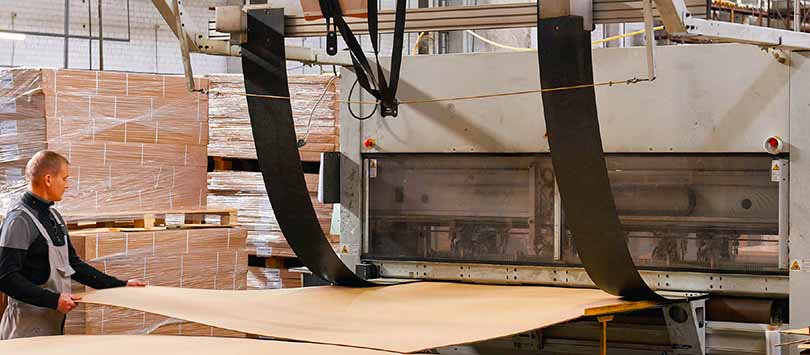
Identifying the Root Cause of Hydraulic Varnish
Analysis revealed high varnish levels indicated by elevated Membrane Patch Colorimetry (MPC) values (66dE). The mill implemented a 5% treatment rate of Mobil Solvancer (approximately 40 drums) combined with enhanced kidney-loop filtration.
Results Achieved
Within 2.5 months, remarkable improvements were observed:
- MPC values dropped from 66dE to 26dE.
- Ultra Centrifuge (UC) ratings improved from 4 to 1.
- Servo valve failures decreased from six per quarter to zero, showcasing substantial reliability improvements.

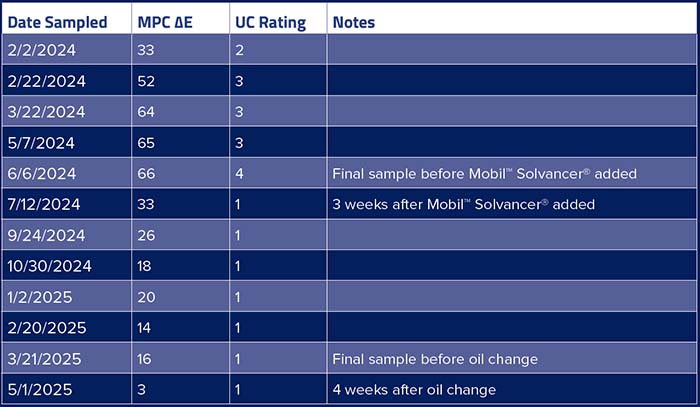
Ensuring Long-Term Reliability and Oil Health
With proven success, GP Clarendon scheduled a complete system oil change and plans to install permanent high-efficiency filtration in March 2025, ensuring long-term system integrity and performance.
Key Findings and Operational Takeaways
Effective management of hydraulic oil condition is crucial for maintaining optimal productivity and reliability in OSB mills. Mobil Solvancer demonstrates exceptional performance, significantly reducing varnish deposits, enhancing system efficiency, reducing maintenance costs, and ensuring consistent product quality.
As demonstrated by GP Clarendon’s experience, proactive maintenance coupled with Mobil’s industry-leading hydraulic oils can transform operational reliability in industrial hydraulic systems.

